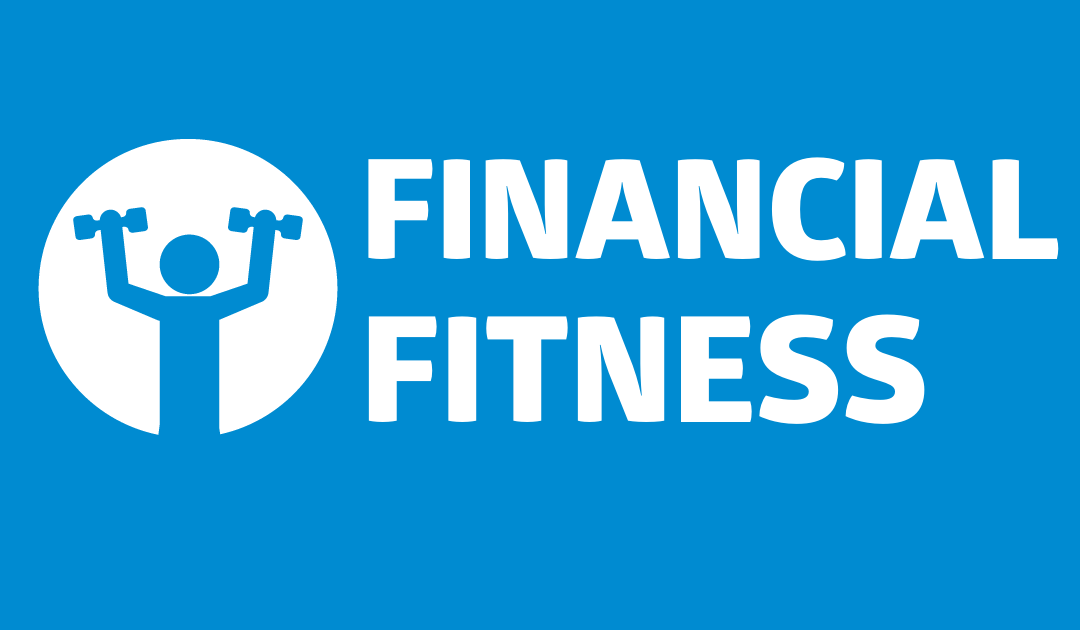By Charlestien Harris
A lot of conversations have been happening around understanding how mortgages can be used as a financial tool to improve your financial health and possibly build your net worth. So let’s dive in to get a better understanding of how a reverse mortgage works and who can benefit from it.
A reverse mortgage is a mortgage loan, usually secured by a residential property that enables a borrower that is 62 or older to access the equity value of the property. What typically happens is the entire loan balance becomes due and payable when the borrower dies, moves away permanently or sells the home.
Federal regulations require lenders to structure the transaction so the loan amount doesn’t exceed the home’s value and the borrower or borrower’s estate won’t be held responsible for paying the difference if the loan balance does become larger than the home’s value.
Reverse mortgages can provide a source of much-needed cash for seniors whose net worth is more than likely tied up in the value of their home. With a reverse mortgage, instead of the homeowner making payments to the lender, the lender makes payments to the homeowner. The homeowner gets to choose how to receive these payments and only pays interest on the proceeds received. The interest is rolled into the loan balance so the homeowner doesn’t pay anything up front. The homeowner also keeps the title to the home.
Over the life of the loan, the homeowner’s debt increases and home equity decreases. The home is the collateral for a reverse mortgage. When the homeowner moves or dies, the proceeds from the home’s sale go to the lender to repay the reverse mortgage’s principal, interest, mortgage insurance, and fees. Any sale proceeds beyond what was borrowed go to the homeowner, if still living or the homeowner’s estate, if the homeowner is deceased. In some cases, the heirs may choose to pay off the mortgage if they plan to keep the home.
There are three types of reverse mortgages: single purpose, home equity conversion mortgage (HECM) and the proprietary reverse mortgage. A single-purpose reverse mortgage is offered by state, local, and nonprofit agencies. Homeowners can only use the proceeds to pay for a specific lender-approved item, such as necessary repairs to the home or property taxes.
Home equity conversion mortgages (HECM) are federally-insured and backed by HUD. They are the most widely used option because it carries no income limitations or medical requirements, and the loan can be used for any reason. Counseling is required before applying for an HECM so that the homeowner is fully informed on the costs, payment options, and responsibilities involved in the loan. Southern Bancorp Community Partners is a HUD-approved counseling agency and has five HUD certified housing counselors on staff located in AR and MS.
The proprietary reverse mortgage is used for a larger advance for a home appraised at a high value. Because proprietary reverse mortgages are not federally insured, they do not have up-front or monthly mortgage insurance premiums or MIPs as it is more commonly known.
When you take out a reverse mortgage, you can choose to receive the proceeds in one of six ways:
1. Lump sum: Get all the proceeds at once when your loan closes. This is the only option that comes with a fixed interest rate. The other five have adjustable interest rates;
2. Equal monthly payments: As long as at least one borrower lives in the home as a principal resident, the lender will make steady payments to the borrower. This is also known as a tenure plan;
3. Term payments: The lender gives the borrower equal monthly payments for a set period that the borrower chooses;
4. Line of credit: Money is available for the homeowner to borrow as needed. The homeowner only pays interest on the amounts actually borrowed from the credit line;
5. Equal monthly payments plus a line of credit: The lender provides steady monthly payments for as long as at least one borrower occupies the home as a principal residence. If the borrower needs more money at any point, they can access the line of credit.
6. A combination of 3 & 4 (Term Payments & Line of Credit): If the borrower needs more money during or after the term, they can access the line of credit.
Seniors are a group that is most often targeted for scams, so make sure you do your homework before starting the reverse mortgage process. For more information you can call 662-624-5776 or email me at Charlestien.harris@southernpartners.org. Until next week, stay financially fit!

